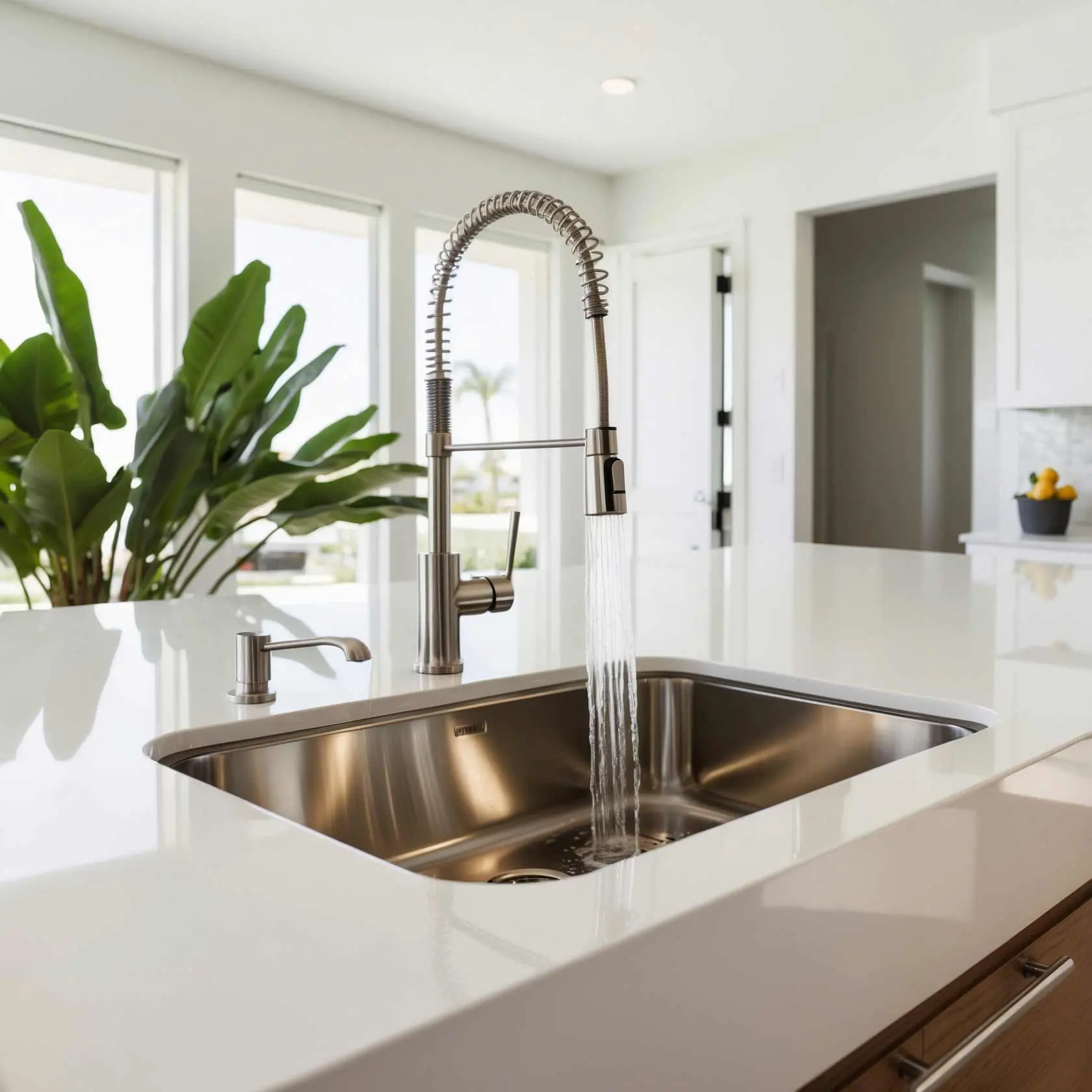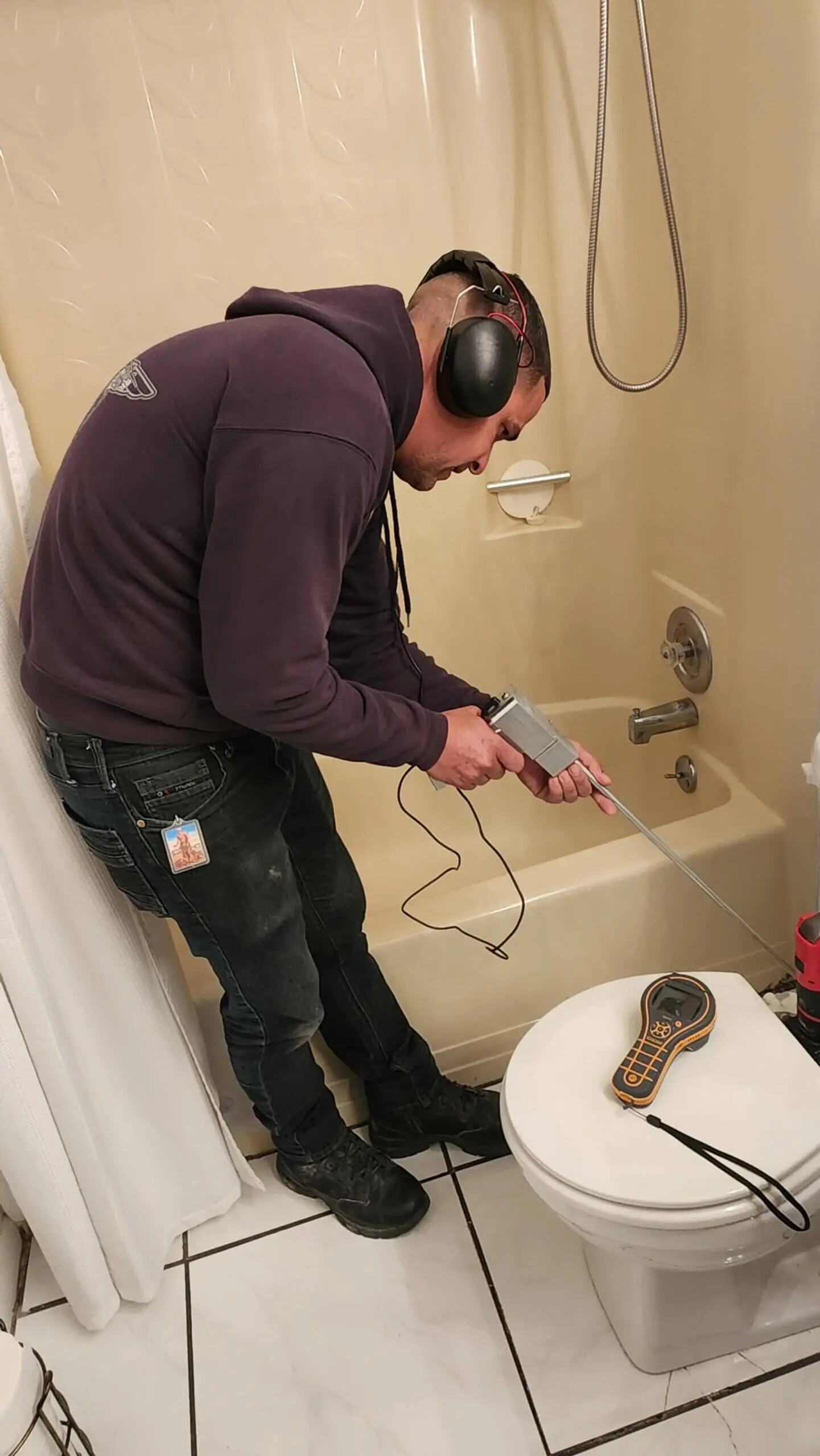
Repairing Faucets: Are All Models Fixable?
Introduction
Faucets are some of the most used fixtures in any home. From washing hands to filling up pots, they play an essential role in our daily lives. But what happens when your trusty faucet suddenly starts leaking or refuses to turn on? Well, that’s when the question arises: Repairing Faucets: Are All Models Fixable? In this article, we’ll dive deep into the world of faucet repairs, exploring what you can fix yourself, when it’s time to call in a plumber, and everything else you need to know about keeping your faucets in tip-top shape.
Understanding Faucet Types
What Are the Different Types of Faucets?
Faucets come in various shapes and sizes. Here are some common types:

-
Compression Faucets: These have separate hot and cold handles. You turn them to compress a washer against a valve seat.
-
Ball Faucets: Commonly found in kitchens, these have a single handle that controls both temperature and flow.
-
Cartridge Faucets: Featuring a cartridge inside, they come with either single or double handles.
-
Ceramic Disc Faucets: These use two ceramic plates that slide over one another to control water flow.
Understanding these types is crucial as it influences how you approach repairs.
How Do Faucet Components Work?
A faucet consists of several components including:
-
Handles: They control water flow and temperature.
-
Spout: Where water comes out.
-
Valve Seat: The part where the washer seals against to stop water flow.
Each part plays a vital role, and understanding their functions can help troubleshoot issues effectively.
Diagnosing Faucet Problems
Common Faucet Issues You May Encounter
Leaky Faucet: One of the most common problems that can drive anyone nuts.
Low Water Pressure: This can stem from various issues including clogged aerators or sediment buildup.
No Hot Water: Often linked to issues with your plumbing system or water heater.
Dripping Tap Handles: This usually means you need new washers or O-rings.
Identifying these problems early can save you time and money down the line.
DIY Troubleshooting Steps for Faucet Repairs
Before calling an emergency plumber, here are some steps to take:
These simple steps often do wonders!
Repairing Faucets: Are All Models Fixable?
When it comes to faucet repairs, not every model is created equal! Some faucets are designed for easy repairs while others may require professional help due to their complex internal mechanisms. So, let’s break this down further:
Identifying Repairable Models
Generally speaking, most traditional faucets like compression models are easier to repair compared to high-tech models such as touchless faucets which often feature electronic components.

Can I fix my own faucet? Yes, if it’s a basic model and you're comfortable with simple tools!

When Should You Call an Emergency Plumber?
If you encounter any of the following scenarios:
In these cases, searching for "plumber near me" could be your best bet for quick assistance!
When Is It Time for Replacement?
Signs Your Faucet Needs Replacement Instead of Repair
Sometimes fixing isn’t worth it! Here are signs indicating replacement might be better:
Knowing when replacement is necessary saves both time and money!
Tools Needed for Faucet Repairs
Essential Tools Every DIY Enthusiast Should Have
If you're planning on doing some repair work yourself, having the right tools makes all the difference:
- Adjustable Wrench
- Screwdrivers (flathead & Phillips)
- Plumber's Tape
- Replacement Parts (washers, O-rings)
Having these handy ensures you're prepared for most minor repairs!
Step-by-Step Guide to Repairing Various Faucet Types
Repairing Compression Faucets
Fixing Ball Faucets
Cartridge Faucets Repair Process
These step-by-step guides offer practical solutions!
Professional Plumbing Services When Needed
Why Hiring Plumbers Can Save You Time and Money?
While DIY may seem appealing initially, hiring professionals often pays off considering their expertise can prevent larger issues down the road! Here’s why utilizing emergency plumbing services could be beneficial:
Don't hesitate; reaching out for leak detection near me could be just what you need!
Emergency Plumbing Services Overview
When disaster strikes—like major leaks—you'll want someone who can respond quickly! Emergency plumbers typically offer:
- 24/7 availability
- Expertise across various plumbing issues
- Quick service response times
Notably essential during stressful situations!
The Cost of Faucet Repairs vs Replacements
Analyzing Costs: What's More Economical?
Let’s break down costs involved with repairing vs replacing faucets:
| Type | Average Repair Cost | Average Replacement Cost | |--------------------|---------------------|--------------------------| | Compression | $70 - $150 | $100 - $250 | | Ball | $80 - $160 | $150 - $300 | | Cartridge | $60 - $120 | leak detection Pembroke Pines $120 - $220 |
Ultimately understanding costs helps decide what actions suit your budget better!
Preventative Maintenance Tips
Maintaining your faucet prolongs its lifespan! Here are some quick tips:
Keeping tabs on these details cuts down future repair needs significantly!
Frequently Asked Questions (FAQs)
Can I fix my leaky faucet myself?
Yes! Most minor leaks are easily fixed by replacing washers or tightening connections.
How do I find a reliable plumber near me?
You can search online reviews or ask friends/family for recommendations about local plumbers.
What should I do if I can't stop my faucet from leaking?
If attempts at DIY fail, it's best to call in an emergency plumber before further damage occurs!
Are there eco-friendly options available when replacing faucets?
Absolutely! Look out for WaterSense labeled products—they save water without sacrificing performance!
How often should I check my plumbing fixtures?
It’s wise to inspect fixtures at least once a year—or sooner if issues arise—to catch problems early on!
What do I do if my faucet won't turn on at all?
First check if other taps work; if not it may indicate broader plumbing issues needing expert evaluation.
Conclusion
In summary, knowing whether Repairing Faucets: Are All Models Fixable? comes down largely to understanding your specific model type and assessing whether you feel equipped enough tackle repairs yourself versus calling in professional help! No one wants leaky fountains ruining their homes—so arm yourself with knowledge as well as good tools while staying proactive about maintenance routines too! Whatever path you choose—stay informed because being prepared always pays dividends when dealing with plumbing challenges ahead!